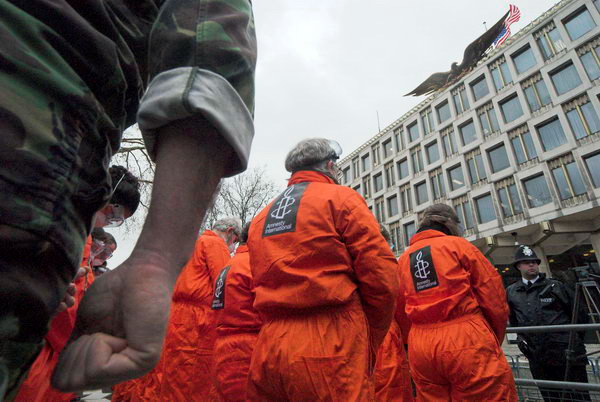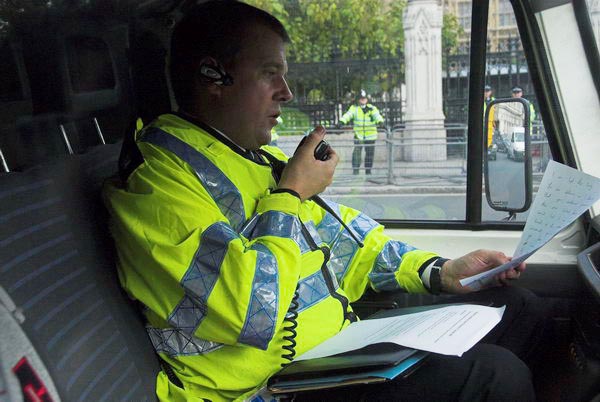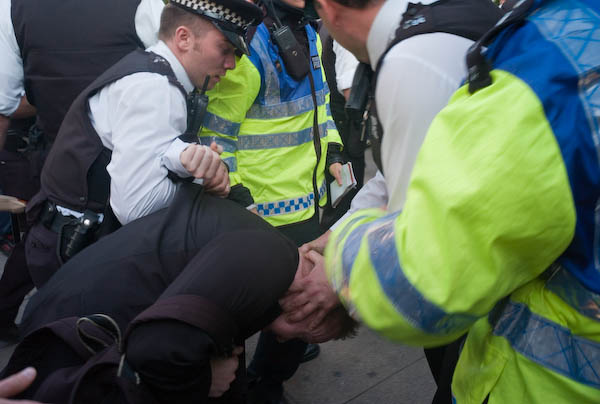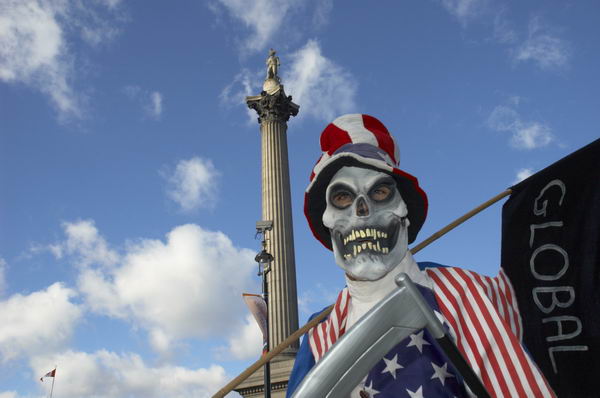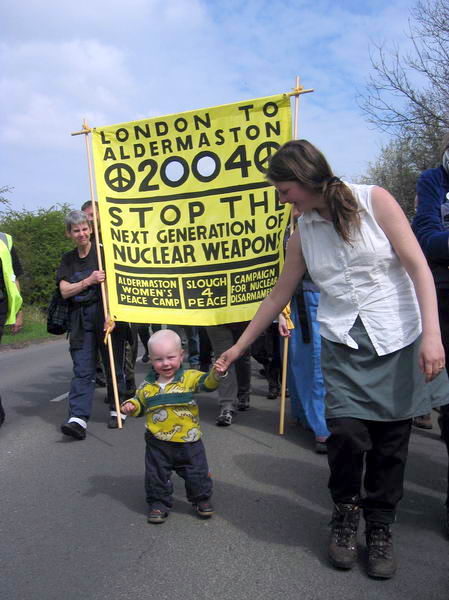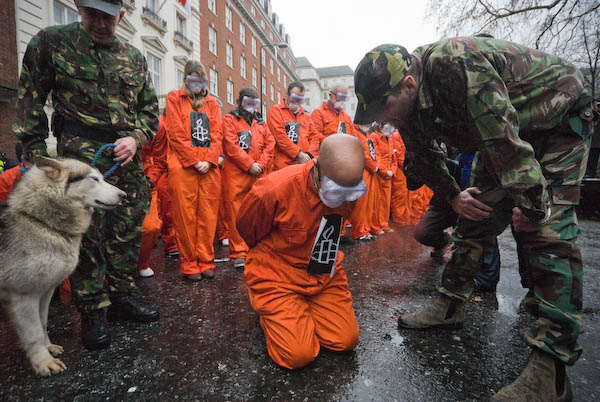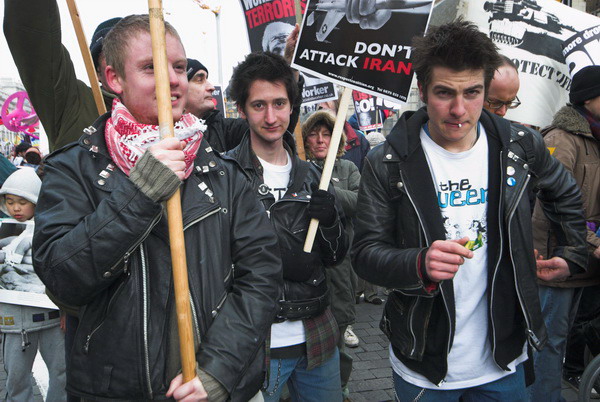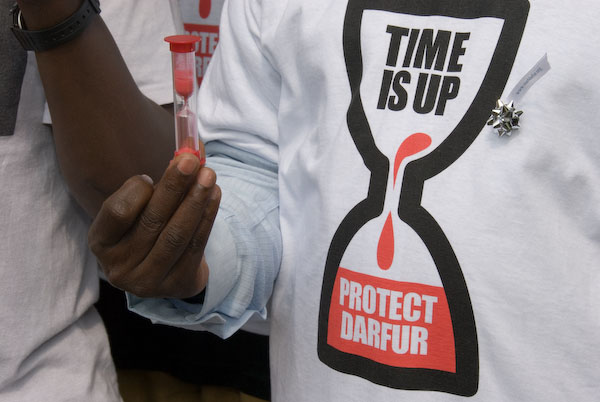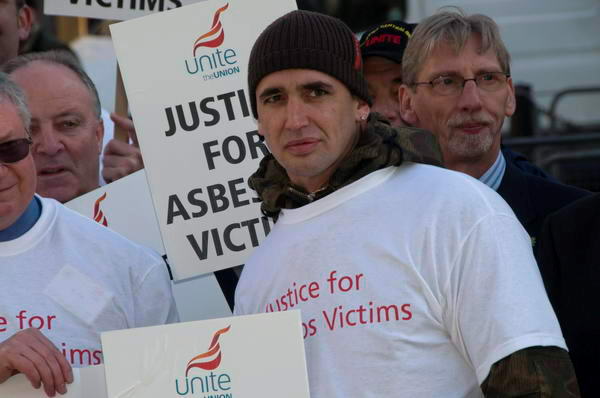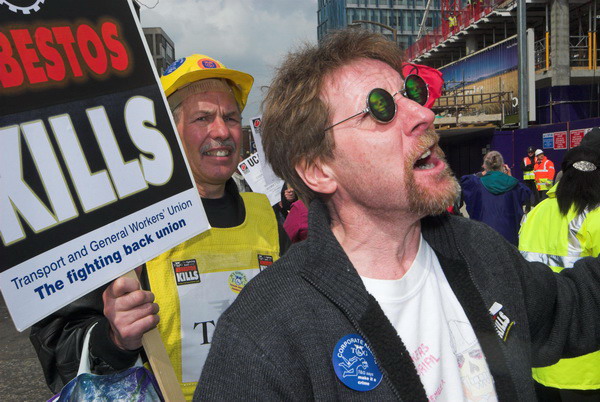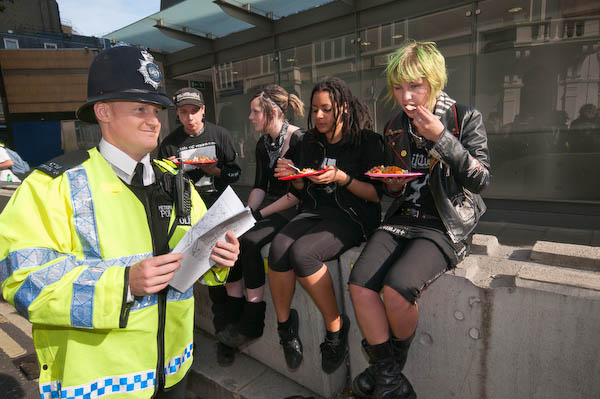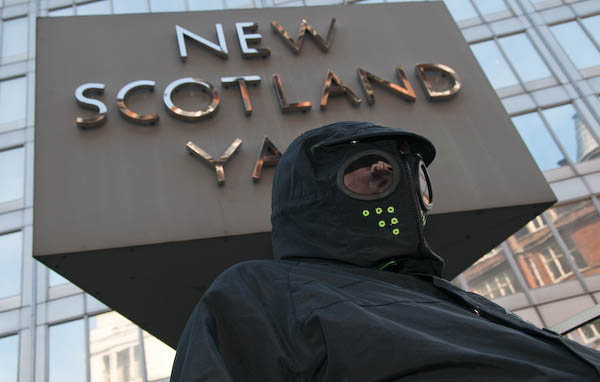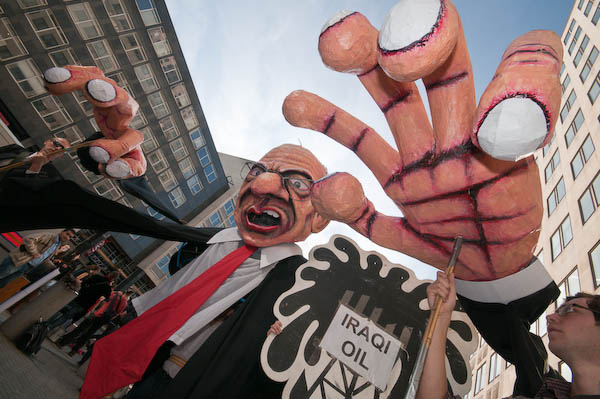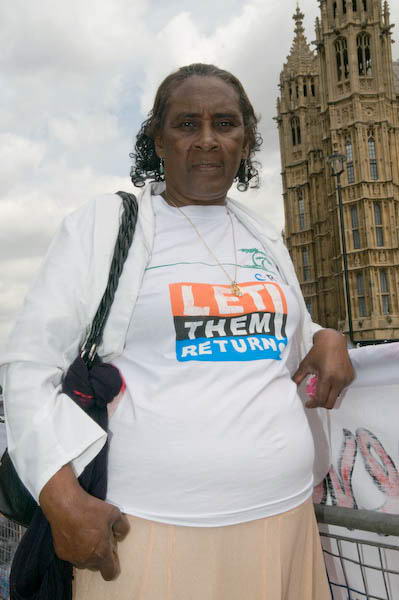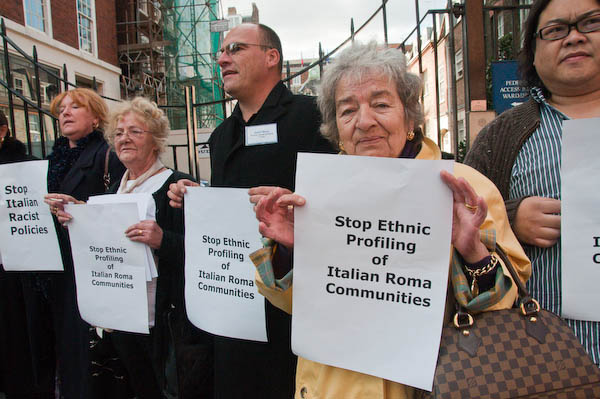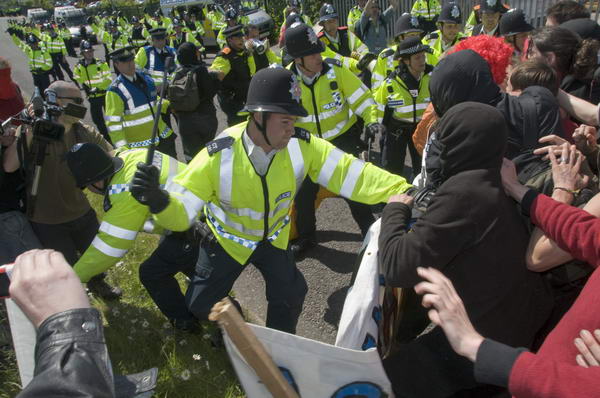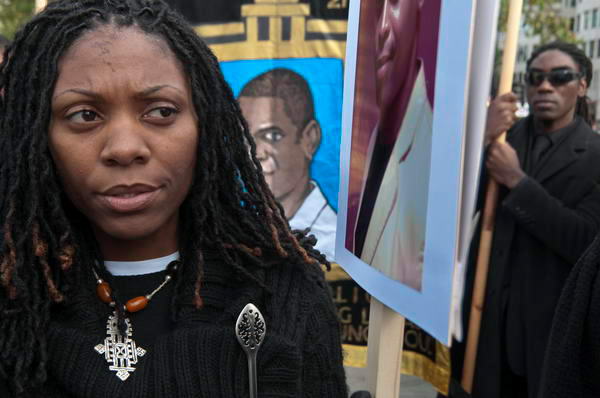
Family and friends call for justice for Sean Rigg, who died in Brixton Police Station this August
Being in police custody or prison should really be the safest possible of situations, but unfortunately as the over 2500 names on the list carried in Saturday’s demonstration by the United Families and Friends of those who have died in custody shows this isn’t the case. It isn’t even easy to get the figures and the names, and even this long list covering the years since 1969 is far from complete. Last year there were 182 known deaths – and at that rate the list would be three times as long.
The police, the prisons, secure psychiatric units, immigration detention centres all have a duty of care for the people in them, but it a duty in which they too often fail. Some of those 182 will be people known to be likely to commit suicide who were not adequately supervised, others those who were restrained in a manner that caused their death.
One of the names on the long list was a young Brazilian man who took a bus to Stockwell station and walked through the barriers and down the escalator. He didn’t know that his perfectly innocent and ordinary movements were being followed by a surveillance team, even though they were very close to him as he entered the station.
While I was writing my post about this year’s United Families and Friends march, I watched the CCTV footage from the station on that morning, showing nothing untoward until about a a minute after he made his way to the platform, when three armed men jumped over the barriers and rushed down.
Someone had blundered, with the result that these men were sent to gun down an innocent man. The Met’s response was to try to cover up in various ways for the mistake, and even at the inquest they are still clearly doing so. The order that was given was clearly a gross error which should have led to the immediate dismissal and almost certainly criminal charges against the senior officer concerned, but it also highlights a ‘shoot to kill’ policy that I think has no place in a civilised society. It remains to be seen what the inquest will determine.
When Maria Otonia de Menezes came to lay flowers at the gates of Downing St, I was there with others photographing and filming. Earlier, along with other photographers I’d been asked to give the family a little space as they were finding it difficult, and I’d immediately stopped taking pictures and turned away to photograph other things, although some others took no notice of the request. But when it came to the actual pacing of the bouquets and photographs my job was to show the grief and anger of the de Menezes family and others whose sons, brothers, fathers had died to the best of my ability. At times I found it hard to keep taking pictures, but that after all was what I was there for, and I owed it to these people to do it as well as I could.
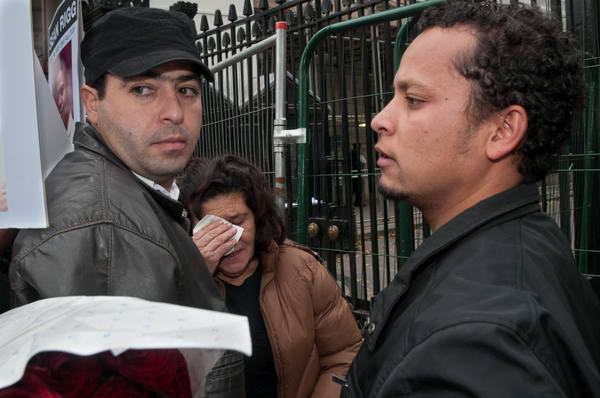
More pictures and text about the demonstration on My London Diary
